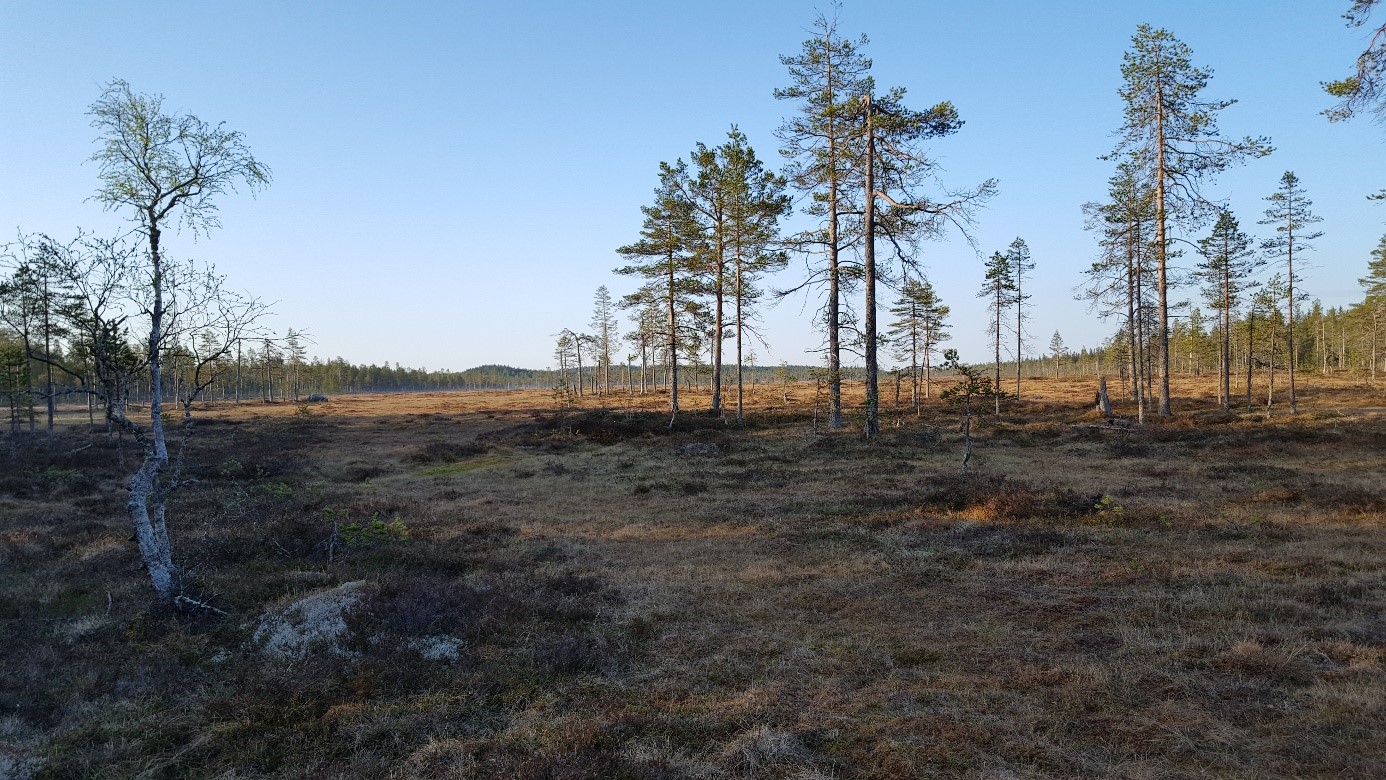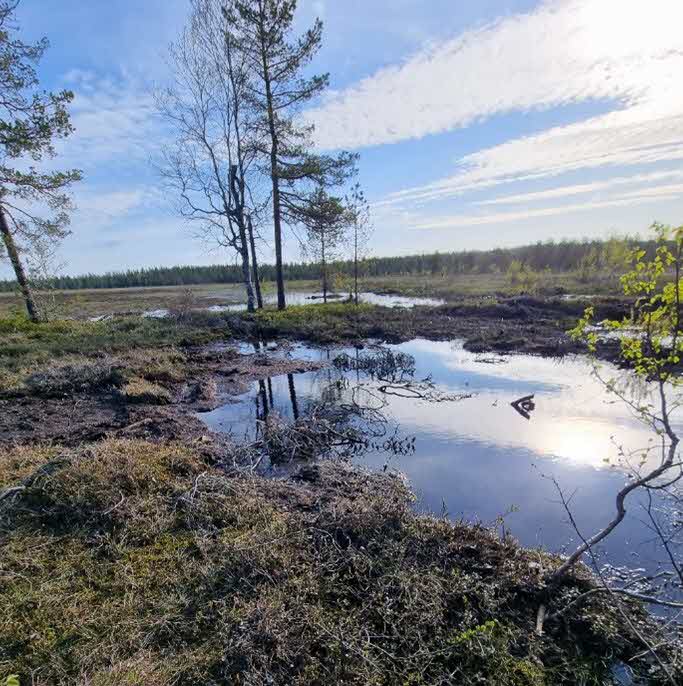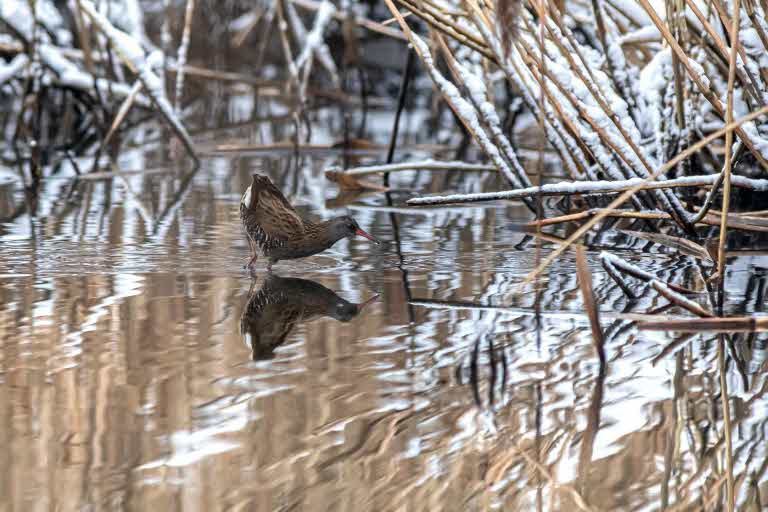
Positive changes after wetland restoration
- News
- Forest
- Sustainability
New wetland species along with a wetter mire. These are some of the changes observed following SCA’s restoration of Stentjärnsmyren in Medelpad, according to an inventory conducted by BirdLife Medelpad. "It’s cautiously positive signs, even though we can’t say that it’s entirely a result of the restoration," says Bengt Allberg, BirdLife Medelpad.

SCA and BirdLife Medelpad have been collaborating since 2019, which has involved SCA implementing restoration measures on selected mires to stimulate birdlife, while BirdLife Medelpad assists with inventories both before and after the measures.
One such mire is Stentjärnsmyren, located west of Stor-Laxsjön in Ljustorp. SCA carried out measures here during autumn 2021, with additional work on adjacent mires in 2022. Among other actions, SCA has dammed parts of the mire and filled in ditches. Additionally, many small trees were felled.
"Our goal was to reduce runoff and create shallow water bodies that remain throughout the summer, creating a positive effect on birdlife," says Anna Cabrajic, forest ecologist at SCA Skog. "It’s gratifying that BirdLife’s inventory now assesses that Stentjärnsmyren has generally become wetter since the measures were implemented."
New species
BirdLife Medelpad has performed inventories at the mire multiple times, with the fifth and most recent inventory conducted in the early summer of 2025.

"We can now cautiously discern positive changes regarding certain wetland bird species compared to the inventories conducted during the first years. However, the results may not be solely due to the measures. Natural variations always occur, and the inventory period is relatively short," says Bengt Allberg, who, along with Ingemar Marklund, was responsible for the inventory.
BirdLife Medelpad has recorded two new species through its inventory.
"Our assessment is that Rallus aquaticus has made a breeding attempt, while Gallinula chloropus may have attempted to establish itself in the mire. It is also encouraging that we have observed Pluvialis apricaria, Tringa glareola and Anellus vanellus in an area of the mire where they had not been previously spotted. Additionally, audio recordings indicate that Lagopus lagopus are calling and likely breeding near the mire, which is exciting," says Ingemar Marklund.
“It’s also positive that Motacilla flava, which breeds on relatively dry inland mires in northern Sweden, has not been negatively affected by the restoration—a risk we had anticipated. This year, ten breeding pairs were observed,” adds Bengt.
Used new technology
BirdLife Medelpad conducted the inventory through a breeding bird survey of relevant species during a few dawn hours one June morning. They also tested new technology using sound recording devices that were installed and left in place for several weeks.
"By using sound boxes, we can monitor a significantly larger part of the day across several days. We recorded 175 sound files, which were then analyzed using computer software as well as human ears to identify the species moving in the mire," says Bengt. "We also used sound boxes at our reference mire, Nybyggarsmyran, but unfortunately, the technology malfunctioned, so we didn’t get any results from that area this year. However, we will likely continue using sound boxes."
More inventories
The plan is to continue making inventories at the mires.
"Yes, that’s the plan, even though it might not happen every year," says Anna. "We discuss this during our meetings with BirdLife Medelpad and jointly decide which areas to prioritize for inventory."
Photo Stentjärnsmyren: Bengt Allberg
Photo Rallus aquaticus: Erik Karits Pixabay